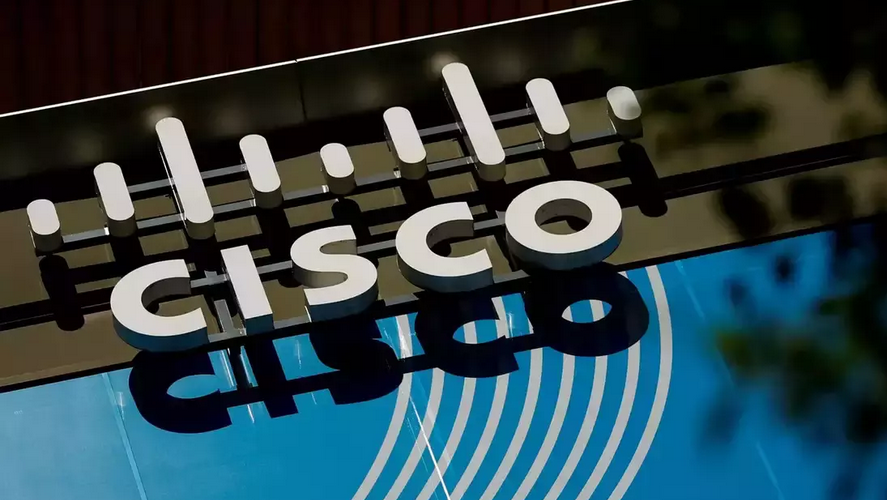RFC 1349 redefined bits 3 and 6 (expanding for ToS bits) to reflect a desired type of service optimization. Table 1-5 shows the ToS field …
IPv4 Header 3 – Internet Protocol Version 4 (IPv4) Design


RFC 1349 redefined bits 3 and 6 (expanding for ToS bits) to reflect a desired type of service optimization. Table 1-5 shows the ToS field …

One key characteristic of IPv4 is fragmentation and reassembly. Although the maximum length of an IP packet is 65,535 bytes, most of the common lower-layer …

Subnetting plays an important part in IPv4 addressing. The subnet mask helps determine the network, subnetwork, and host part of an IP address. A network …

Let’s look at a VLSM IP address assignment example involving the Class B network 130.20.0.0/16. Using a /20 mask produces 16 subnetworks, as shown in …

As a network designer, you will want to allocate IPv4 address space to allow for route summarization. Large networks can grow quickly from 500 routes …

Use public IPv4 addresses on external-facing devices that require connectivity to the Internet and external organizations. Examples include the following: The following are some public/private …

Consider a company that has users in several buildings in a campus network. Building A has four floors, and building B has two floors, with …

Domain Name System (DNS) is an Internet-based directory system that returns a destination IP address, given a domain name (such as www.cisco.com). DNS is a …

When an IP host needs to send an IP packet over an Ethernet network, it needs to find out what 48-bit MAC physical address to …

To prepare for the ENSLD 300-420 exam, you should become very familiar with IPv6 specifications, addressing, and design. The driving motivation for the adoption of …